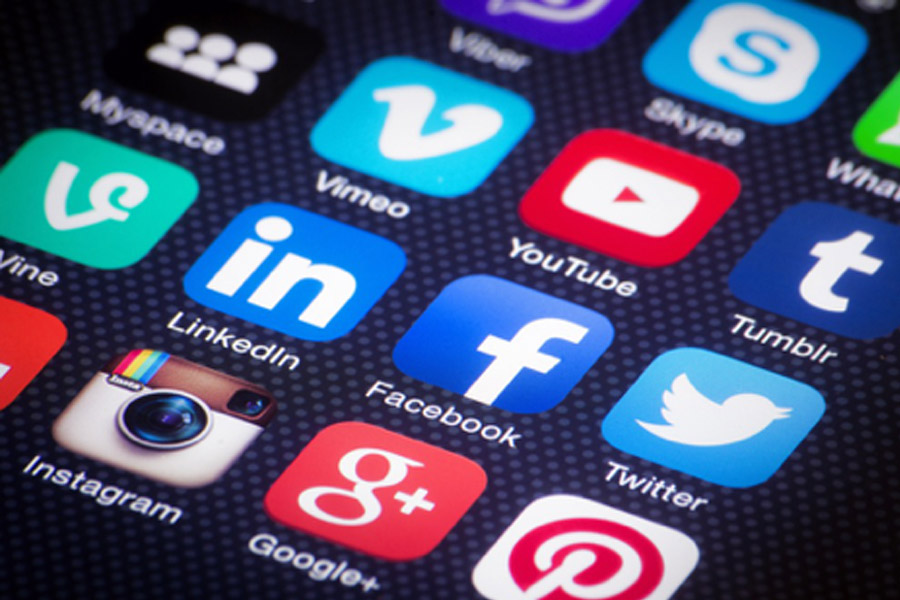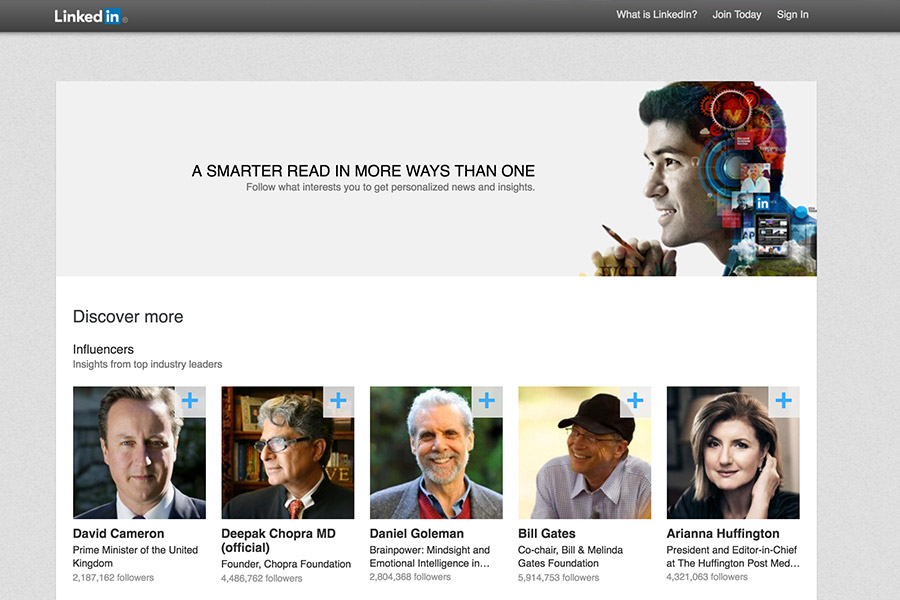On March 28, fifty popular fashion Instagrammers posted photos of themselves, each wearing the same dress. These women were compensated for this viral marketing stunt by Lord & Taylor, who were launching a campaign to bring attention to their new clothing collection.

Even when the dress no longer available, the campaign continued to drive sales to Lord & Taylor’s newly debuted fashion collection.
Who are influencers?
The tactic worked because Lord & Taylor picked Instagrammers who were well-followed and whose followers would be interested in the product. When people saw their favourite Instagram personalities modelling the same dress, they wanted to have it.
Suddenly everyone was interested in Lord & Taylor, because they had been influenced by someone they admired.

Everyone on social media “follows” someone. And where there is a follower, there is a leader. Get the leader on your side, and you indirectly have the followers on your side too. This approach to advertising is called influencer marketing.
How do I set up an influencer campaign for my business?
Regardless of what type of product or service you decide to promote, these six steps will provide you with a simple and repeatable model for influencer marketing campaigns.
1.Define your goals. Are you looking for an influencer to directly endorse your product and send people to your website? Or would you like to see your brand mentioned in a casual manner for the purpose of building awareness? First and foremost, decide exactly what you want to accomplish.

2. Pick your method. LinkedIn originally limited their post publishing platform to a few well-known invitees to build popularity for the feature before making it available to all users. Gmail accounts were originally available by invite only and were such a commodity that they were being sold on eBay. As you define your campaign goals, consider which method has the best chances of success.
3. Find influencers. Now the research starts. Become one of the people interested in the type of product or service you provide. Then ask yourself these questions: Where do I go for information? What sources do I trust?
Are there popular blogs that are considered an authority on the topic? Are there YouTube channels on the subject that have thousands of followers? Is there a Facebook page or group where people are discussing it?
The most important question to ask yourself is where my ideal audience is hanging out online, and how I can get in front of them in the most cost-effective way possible.
4. Reach out. This can be tricky. Influencers feel a responsibility to provide the highest quality content to their followers. If approached with an endorsement deal, they might reject it, afraid of appearing to their followers as a sellout.
Instead, humbly express your desire that this person try your product for the purpose of continuing his or her mission to deliver quality recommendations to the audience. It is important to emphasise that your goal is to work with the influencer to benefit their own audiences, not to use the influencer to make money.
5. Work together. Explain your goals and share your ideas, but let your influencer take the reins here. Influencers know their audiences and they know their own voices. They can figure out how to seamlessly integrate your brand into their content.
Remember to keep the conversation going as the campaign continues, striving to maintain a relationship and continually streamline the integration process.
6. Compensate well. Influencers know that people trust them. So if they promote your product, they need to trust you. Show some respect; don’t be cheap. Decide on something both parties view as fair, whether that is a commission from each direct sale, a payment every time the product is mentioned, or a monthly stipend.
In 2015, RhythmOne.com did a study revealing that the average influencer marketing program returned $9.60 for every $1.00 invested in the program. That’s an almost unheard-of 960% return on investment!
Have you used influencer marketing before to market your business? Has it worked well for you?



